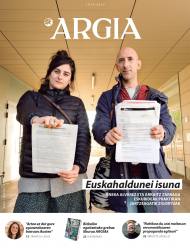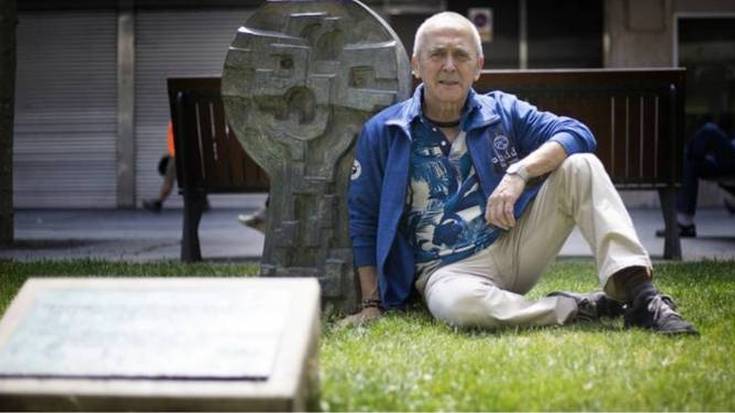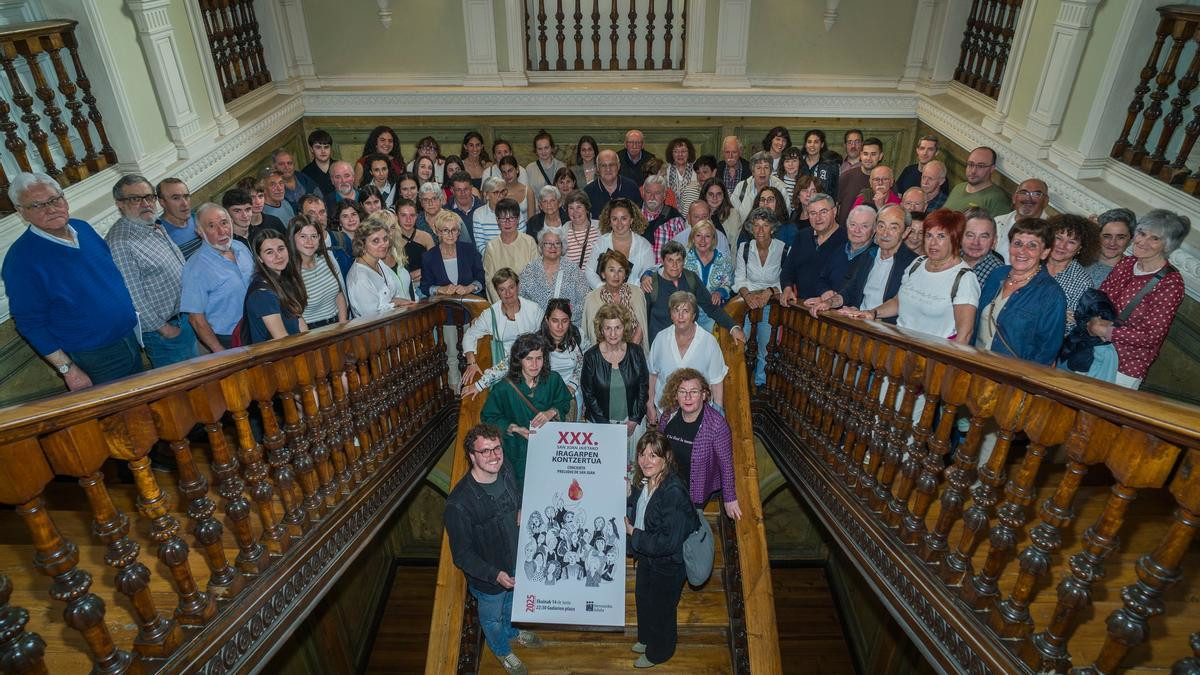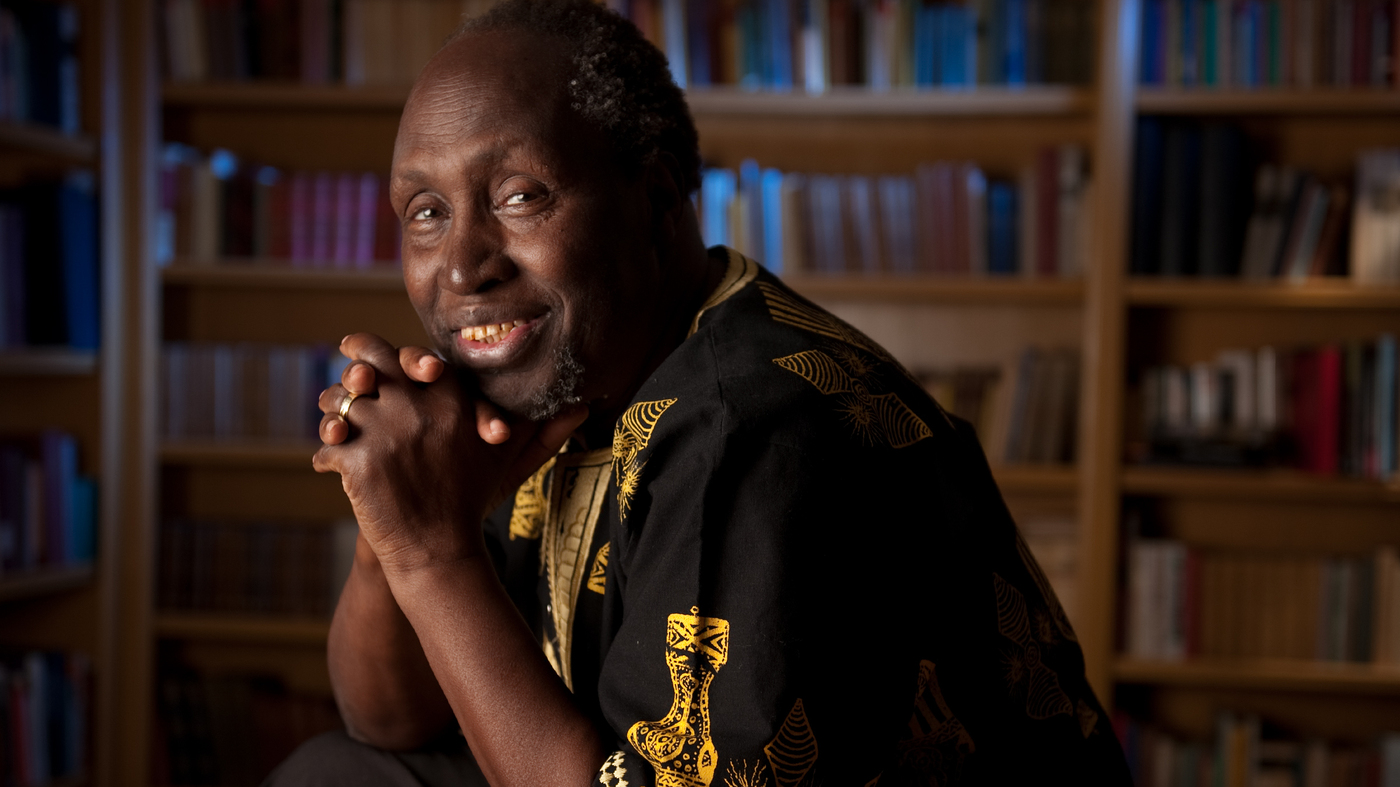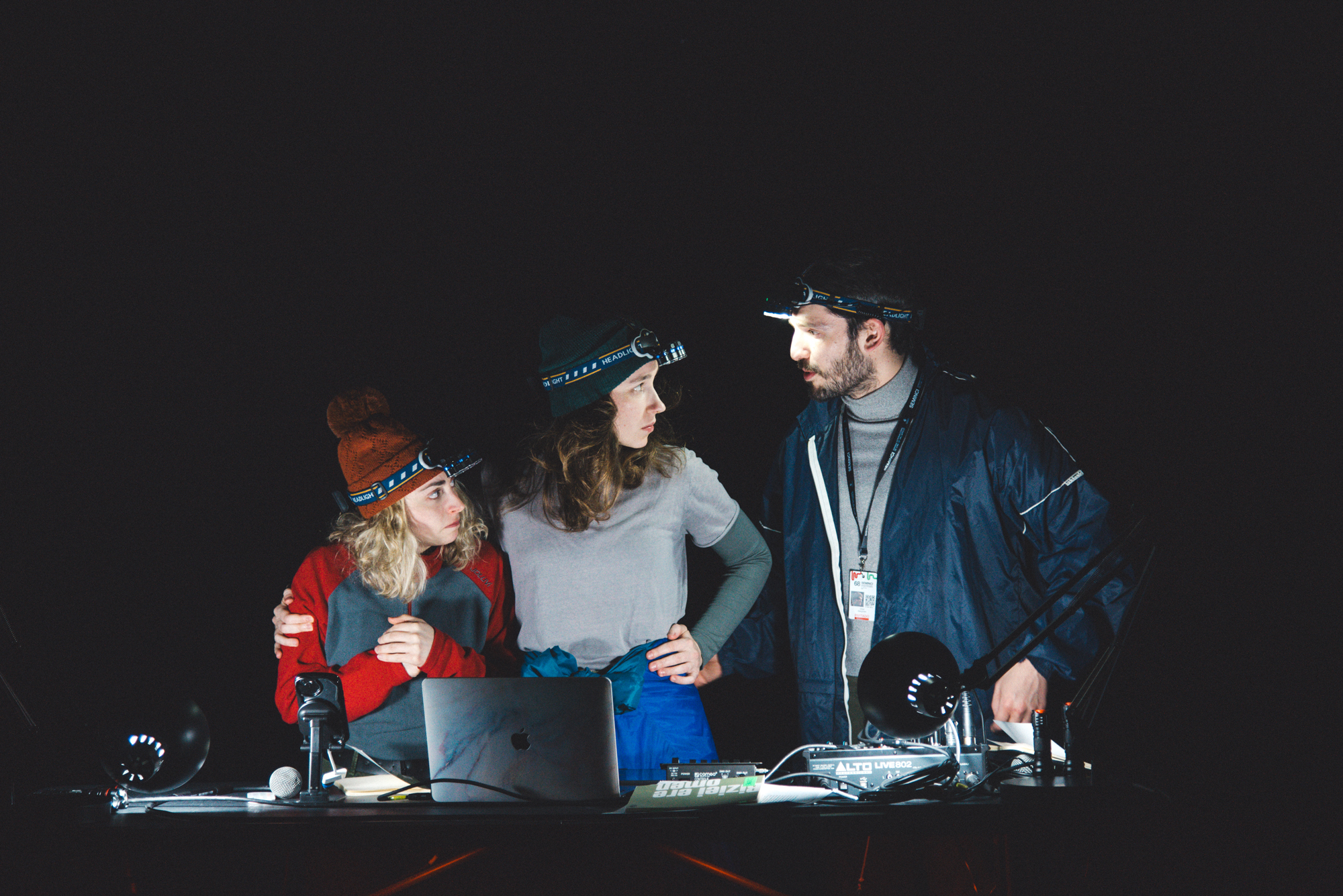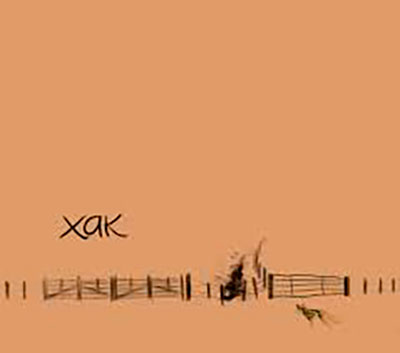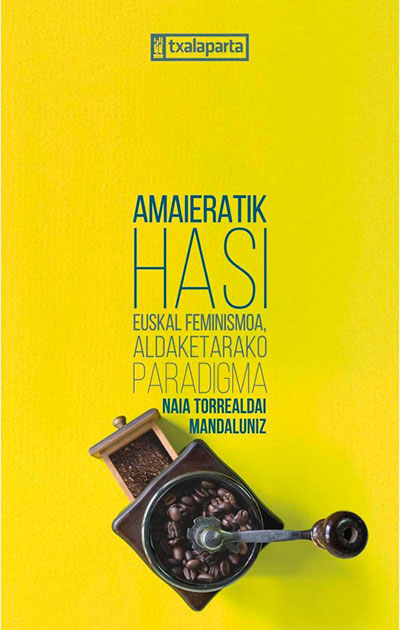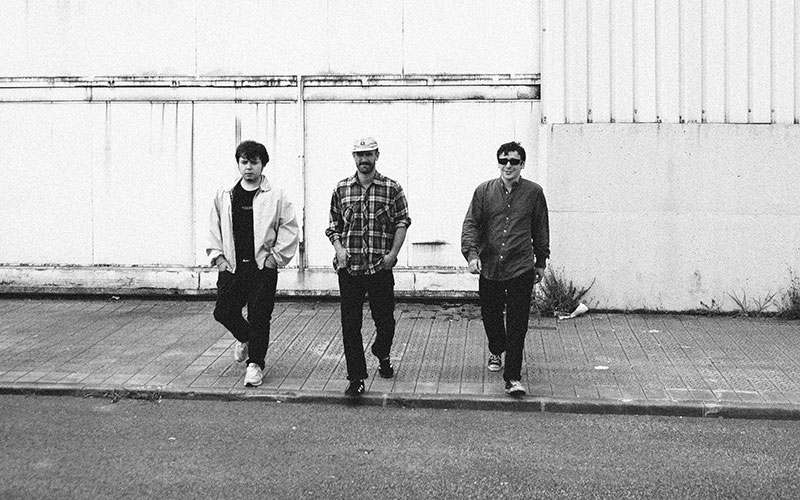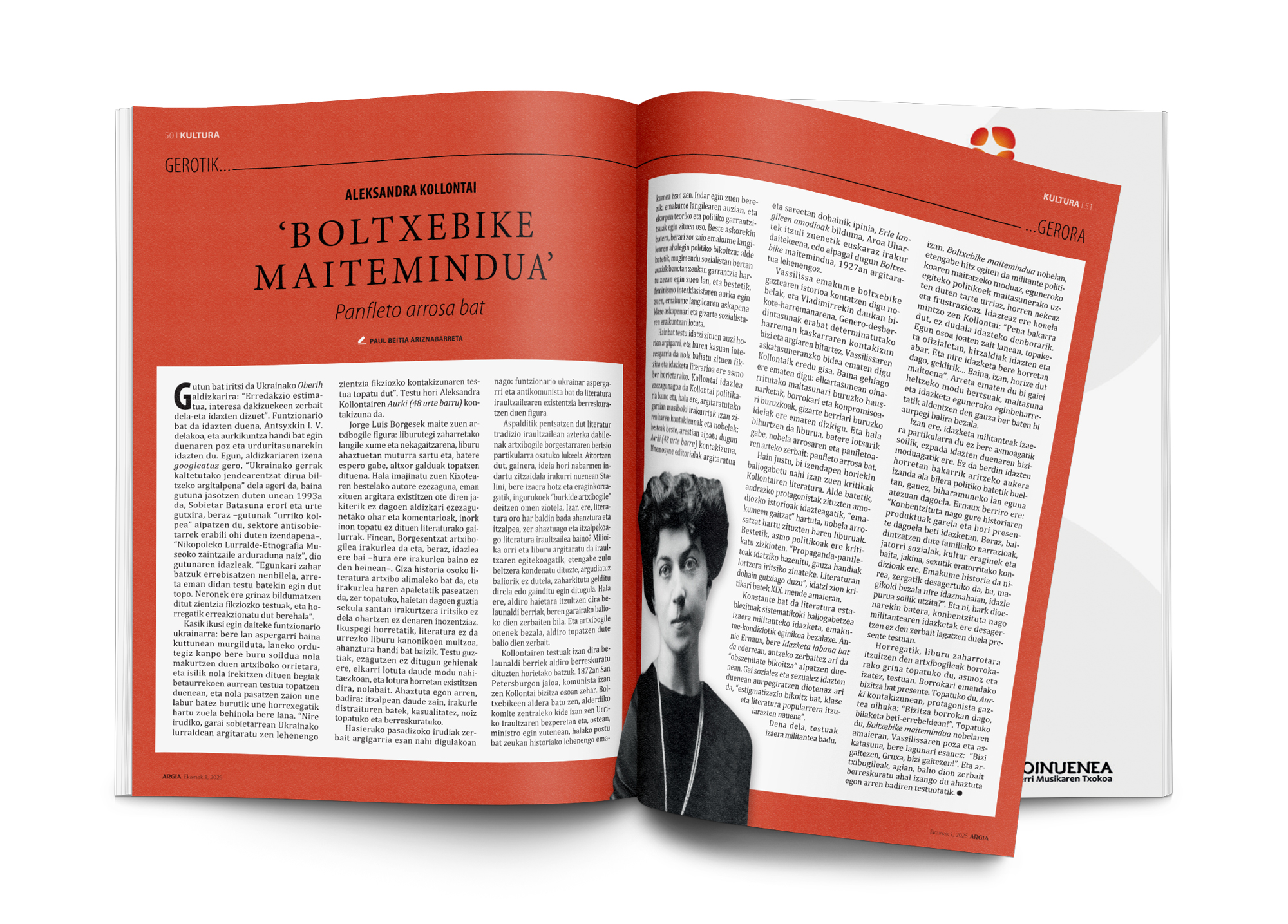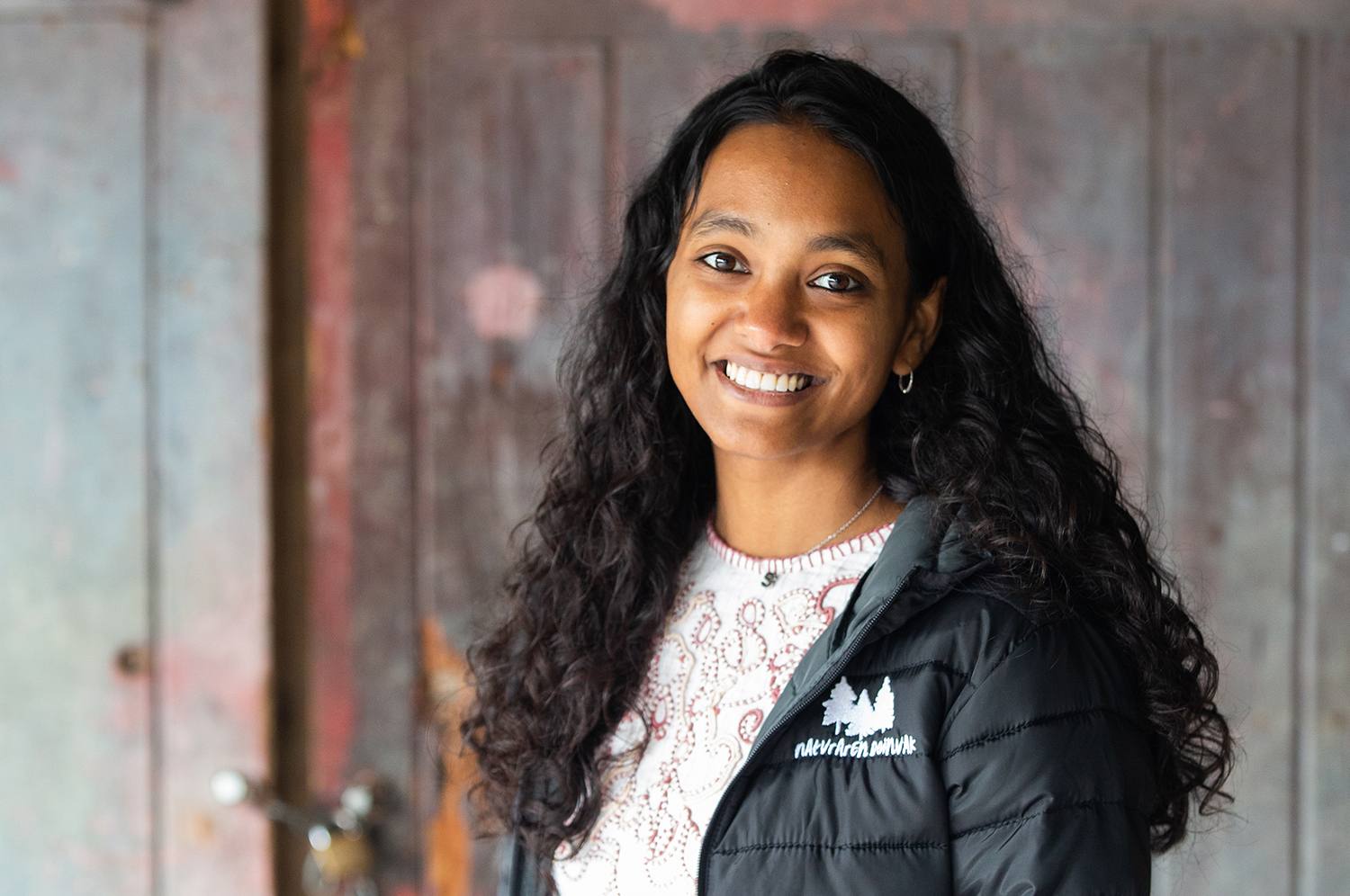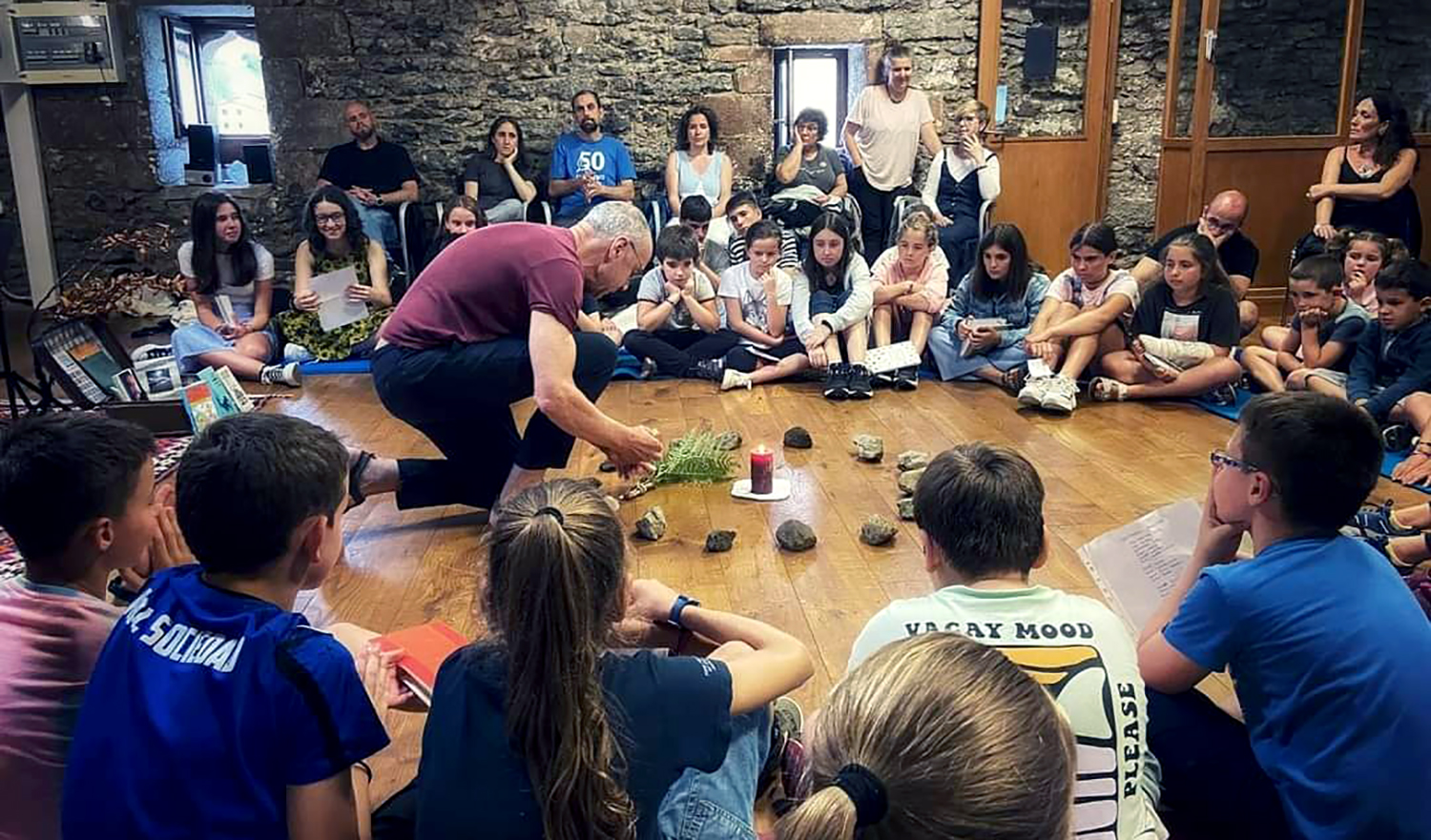Ethnographic Museum of Artziniega
- The Ethnographic Museum of Artziniega (Álava) has been created and developed at the initiative of a group of citizens for 35 years. Thanks to his work, he has managed to bring together one of the richest collections of professions and ways of life in the Basque Country. However, since the beginning of the year the museum has been closed due to the discrepancies between the City Hall and the Artea Association, which manages the sample.
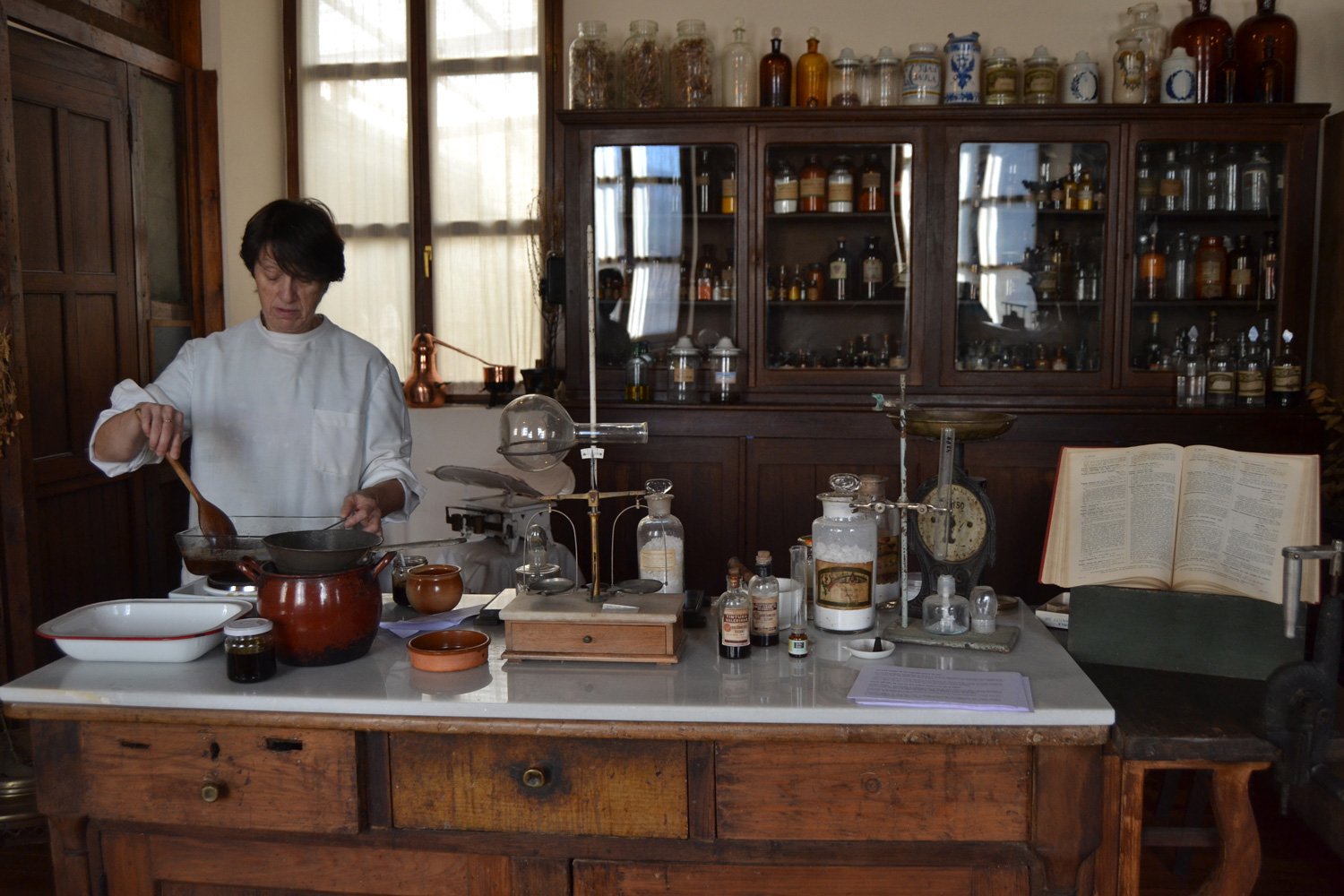
The Ethnographic Museum of Artziniega has been an institution born since its inception. The first steps were taken in 1977 when a group of young people organized an exhibition on the occasion of the local festivities. The initiative was successful and in the following years materials related to the old professions of the region began to be collected; the idea of creating a museum emerged in 1981 and the doors opened in September 1984 in a place that was the stable of the Shrine of Artea. In 2004, due to space problems, the museum moved to a building provided by the City Hall, enabling an exhibition space of 3,700 square meters. In exchange, the money raised through the museum tickets is donated to the City Hall since then.
Currently, the museum receives more than 14,000 visitors a year, in a village of 1,800 inhabitants. In addition to the permanent exhibition that houses one of the most varied collections in Euskal Herria, they organize activities and publish several publications, such as Gurdia magazine, which is distributed free of charge in the town. At this time, the museum has been managed autonomously by the Artea Ethnographic Association. The director, secretary and treasurer are elected in assembly and all three work as volunteers. Funding, on the other hand, has been made possible by the calls for grants from the Provincial Council of Álava and the Basque Government. This money covers, inter alia, the subcontracting of the guided tours service, the cleaning service and the information and management points.
In the field of cultural services it can also be disturbing from a capitalist point of view, but also often from the left, to apply a logic that only distinguishes the public sector from the private sector
However, in 2017 a new collective agreement was approved for the sector of educational leisure and socio-cultural entertainment companies in Álava, whose working conditions can generally be extended, which included, among other things, the increase in minimum wages. In view of this situation, the project managers contacted the City Hall to reconsider the financing of the museum. The Artea Association has no own funds, and in the event of a subsidy failure, instead of paying the service of guides the partners, the City Council has asked it to guarantee that expenditure.
On the part of the City Hall, the mayor, Iñigo Gómez, pointed out in a message hung on social networks that they cannot assume the economic responsibility of the Artea Association in the management of the project. Therefore, in case of assuming the cost of the guide service, the municipal government team (PNV) has requested that the ownership of the collection be attributed to the City Hall directly or through a foundation. Since Artea, on the other hand, have responded that the proposal for the creation of a foundation was transferred in October to the municipal government, with a statutory proposal; the association has denounced that the answer was a legal report, demanding the majority of the board for the City Hall. It does not appear, therefore, that the substance of the conflict is a purely monetary issue, but a competence to determine who should be the control of the project. The result is well known: the atmosphere in the village has been very mixed and, since the beginning of the year, the museum is closed, with no reopening date.
The management model for the cultural infrastructures in question
It's not a topic with few vertices. Most museums and cultural infrastructures in Euskal Herria, although in daily life they are managed by subcontractors, are public or are in the hands of public-private foundations. The patron saint of these foundations is composed, in different proportions, of different public and private institutions. But, with the exception of exceptions, in general, one of them has the main participation and, therefore, the power of decision on the scientific, communication or recruitment policy of the museum. The case of Artziniega is special in this sense, since it is the Artea Association, as a “private” entity, that is responsible for autonomously managing the project and obtaining the necessary funding, through public calls for grants and private contributions.
If someone
wants to change the museum’s management model, it would be good to explain first the problems the museum sees to the model that has made it all today.
This issue shows that in the area of cultural services it can also be confused from a capitalist point of view, but also often from the point of view of the Left, to apply a logic that only distinguishes the public sector from the private sector. In this sense, there should be no non-profit initiatives aimed at property and collective interest. These are often based on the principles of solidarity and responsibility, free adherence, knowledge of local reality and autonomy of public institutions, so it is clear that their praxis is far from the usual practices of a private enterprise. From this point of view, it is essential to maintain the spaces of initiative managed from a young age, also in the field of cultural infrastructures, in order to guarantee the diversity of the speeches that are generated and shared in it.
Returning to the case of Artziniega, it should not be forgotten that many people are referring to a 35-year project with their work and support. If someone wants to change the museum’s management model, it would be good to explain first the problems the museum sees in the model that has made it all today. It is legitimate for the City Hall to want to participate more in the project and has many ways to contribute; but for this it would be important, recognizing the work of the people who have carried out the project during all these years, starting from a sincere diagnosis of the situation to seek the most appropriate solution among all the agents. In the meantime, the museum will remain closed, to the detriment of everyone.
The death is called Eduardo
- By the author: Formol Company (and Ander Lipus Manifesto)
- In which: Model Room, Zarautz, Festival of Literature
- When shall we: The 23rd of May.
-------------------------------------------------------------
The play takes place in a bunker... [+]
XAK
Xak
Mukuru, 2025
---------------------------------------------------------------
If you’ve listened and you haven’t been sober, I’d tell you: listen again. The Bajoran Paxkal Irigoyen just made what will be my favorite album of the year, this time under the... [+]
Amaieratik hasi. Euskal feminismoa, aldaketarako paradigma
Naia Torrealdai Mandaluniz
Txalaparta, 2025
-----------------------------------------------------------
Naia Torrealdai Mandalunizek Amaieratik hasi. Euskal feminismoa, aldaketarako paradigma saiakera argitaratu... [+]
THE AZETangana! and Mark Duti
Where: Festival IV, in the Korda space and Youth Centre of Vitoria-Gasteiz.
When: May 10th.
Gutun bat iritsi da Ukrainako Oberih aldizkarira: “Erredakzio estimatua, interesa dakizuekeen zerbait dela-eta idazten dizuet”. Funtzionario bat da idazten duena, Antsyxkin I. V. delakoa, eta aurkikuntza handi bat egin duenaren poz eta urduritasunarekin idazten du... [+]
The new bookstore will be based on Hazparn’s ideas – if this has not already been published –. It will be called Et’abar. It will be a typical shop with an offer of publications in Basque. It will not only operate in the interior of the Northern Basque Country. Over the... [+]
Ilusioz mintzo da Shrabani Aranzabe-Pita (Orissa, India, 1999) musikari, ikerlari eta pedagogoa. Alkizan (Gipuzkoa) hazi eta hezi da. Pandemian minbizia izan zuen, eta prozesu onkologiko horretatik Naturaren Doinuak jaialdia eta proiektua sortu du. Aurtengo jaialdia ekainaren... [+]









